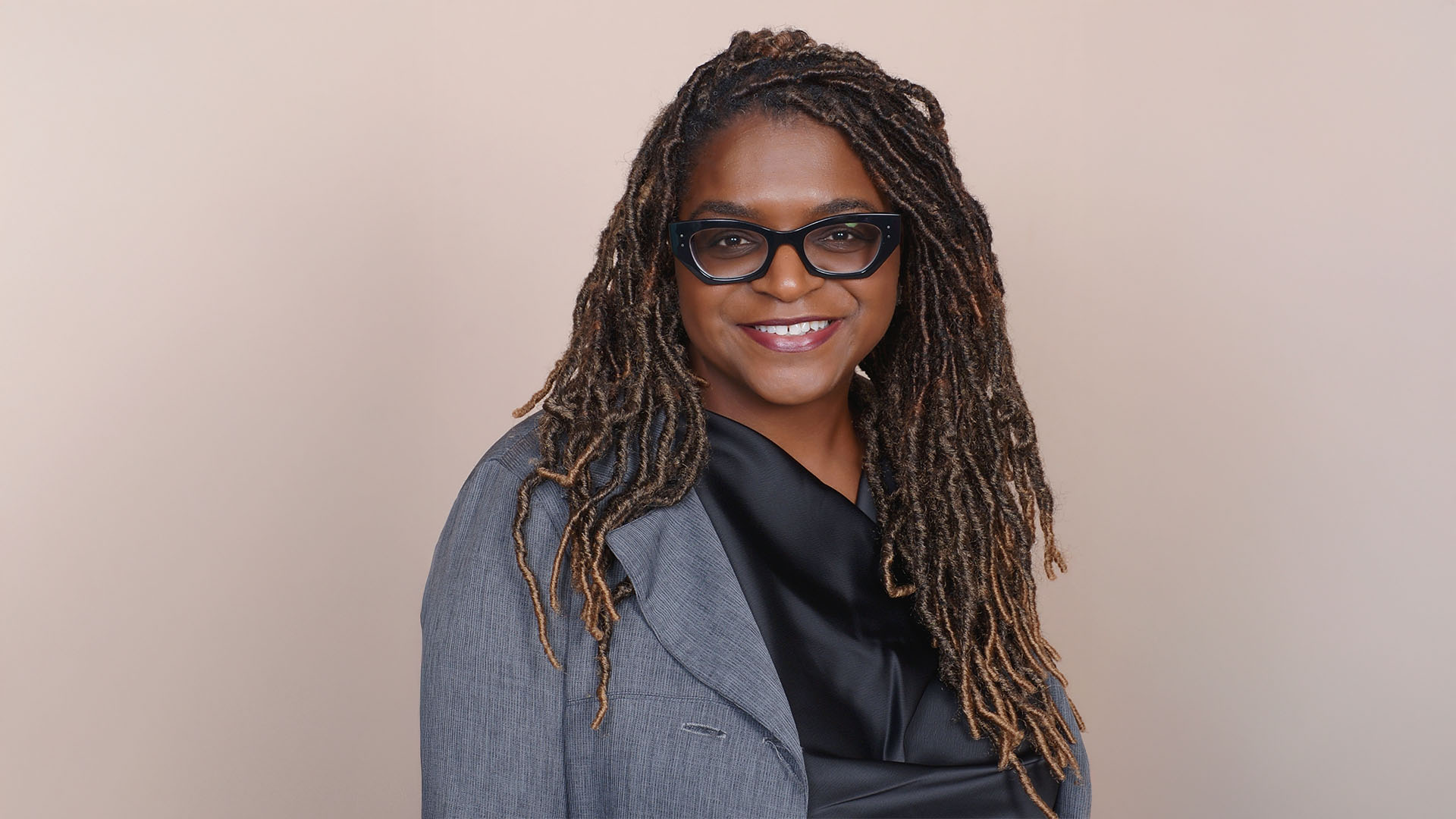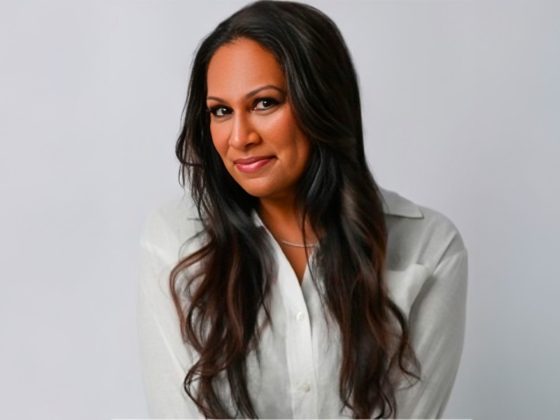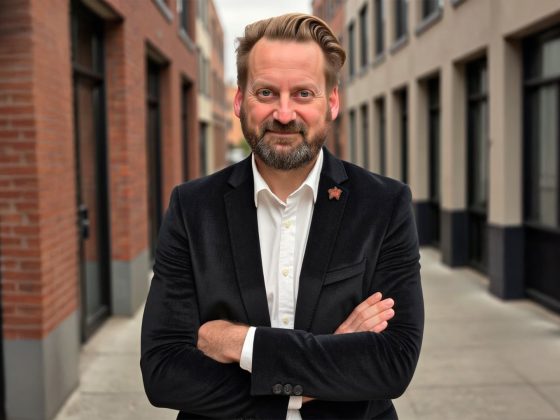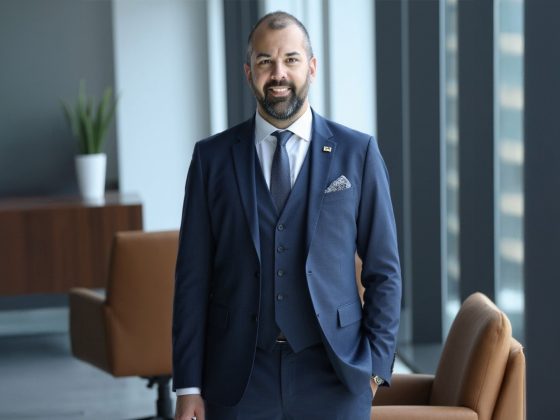When families go through a separation, the effects can ripple across generations. Forensic psychologist Dr. Celeste Simmons has dedicated her career to helping parents and children navigate these transitions with compassion and resilience. As the owner of Family & Forensic Solutions and founding president of Dr. Celeste Psychology Enterprises, P.C., she combines fifteen years in family psychology, conflict resolution and systems change to guide parents toward healthier ways of co-parenting after separation.
“Even when separation is handled with care, it disrupts the family system,” Dr. Simmons explains. “The key is ensuring that children feel secure, loved, and free from adult conflict. When parents manage that, the entire system begins to heal.” Her frameworks, such as the 3CM Model of Conflict Mastery, built on curiosity, compassion, and collaboration, help parents replace reactive cycles with mindful problem-solving. It’s an approach that not only protects children but also empowers parents to break generational patterns of dysfunction.
Keeping Children Out of the Middle
One of the most common mistakes separated parents make, often unintentionally, is involving children in adult matters. “Asking children to relay messages or share opinions about custody puts them in an impossible position,” says Dr. Simmons. “It can create confusion, anxiety, and misplaced loyalty. Children need to know that they’re loved by both parents and that adult issues remain between adults.” By maintaining direct communication with co-parents and setting clear boundaries, families reduce emotional strain and allow children to simply be children. Dr. Simmons emphasizes that neutrality doesn’t mean detachment; it means preserving the child’s sense of belonging to both homes.
Creating Emotional Consistency Across Two Homes
Structure is equally important as it helps to minimize the uncertainty that often follows divorce or separation. Dr. Simmons encourages co-parents to communicate regularly about logistics and emotional milestones, maintaining shared expectations even if parenting styles differ. “It’s not about perfection,” she says. “It’s about continuity and cooperation.” The reason structure is so important is because it provides a sense of stability, one of the greatest gifts parents can provide after separation. “When routines like bedtime rituals or weekly family check-ins are preserved, children adapt more easily.” Her approach underscores that resilience can, and must, be developed in home environments. Families who implement consistent routines and reinforce open communication often see children regain confidence and emotional security more quickly.
Modeling Healthy Conflict Resolution
Perhaps most important to building resilience and breaking cycles of conflict is modeling behavior. Children learn less from lectures and more from observation. “They’re watching how you handle stress, disagreement, and disappointment,” she says. “When parents resolve conflict calmly and respectfully, they’re teaching powerful lessons about empathy, boundaries, and accountability.” This modeling effect forms the foundation of Dr. Simmons’ Conflict Mastery framework. The 3CM Model, Curiosity, Compassion, and Collaboration, offers a structured way to navigate disagreements. By shifting from blame to understanding, parents can transform conflict into an opportunity for growth. “Curiosity allows us to ask what’s really driving the conflict,” Dr. Simmons explains. “Compassion reminds us to see the other person’s humanity. And collaboration keeps us solution-focused. These principles help parents move from emotional reactivity to intentional action.”
Strengthening Families Through Systemic Support
While it’s essential for children to express their feelings, Dr. Simmons advises against placing adult emotional weight on them. “Encourage honesty, but remember that emotional responsibility belongs to the parents,” she says. “Listen, validate, and when necessary, redirect heavier worries toward therapy, counseling, or mediation.” Her philosophy centers on creating a balance between expression and protection, giving children space to speak while ensuring they aren’t burdened with decisions beyond their developmental capacity. This same principle of balanced support extends to the family system as a whole: people thrive when the environments around them are structured to support growth.
Her upcoming book on co-parenting and conflict resolution will expand on these ideas, introducing tools such as The Proximity Model and The 7 Seeds of Resentment. Each framework underscores a lifelong mission: equipping families with the skills to manage conflict, nurture connection, and create healthier systems for generations to come. “When we support parents, we strengthen children,” Dr. Simmons says. “And when we strengthen children, we build resilient families.”
To learn more about Dr. Celeste Simmons’ work on co-parenting and family resilience, visit her website or connect with her on LinkedIn.




